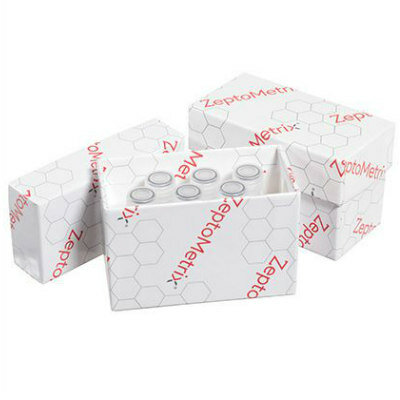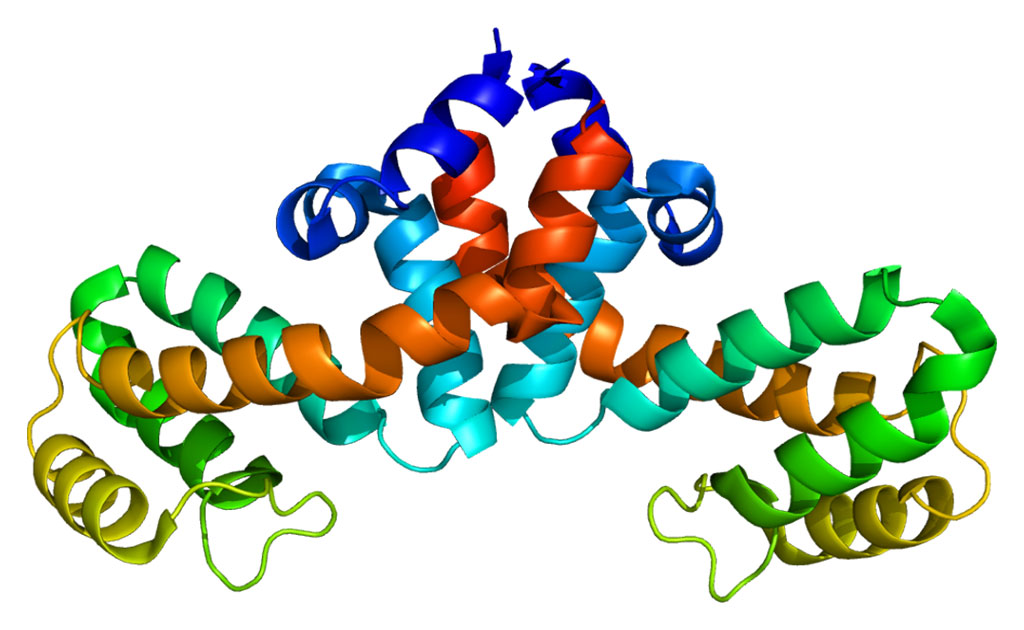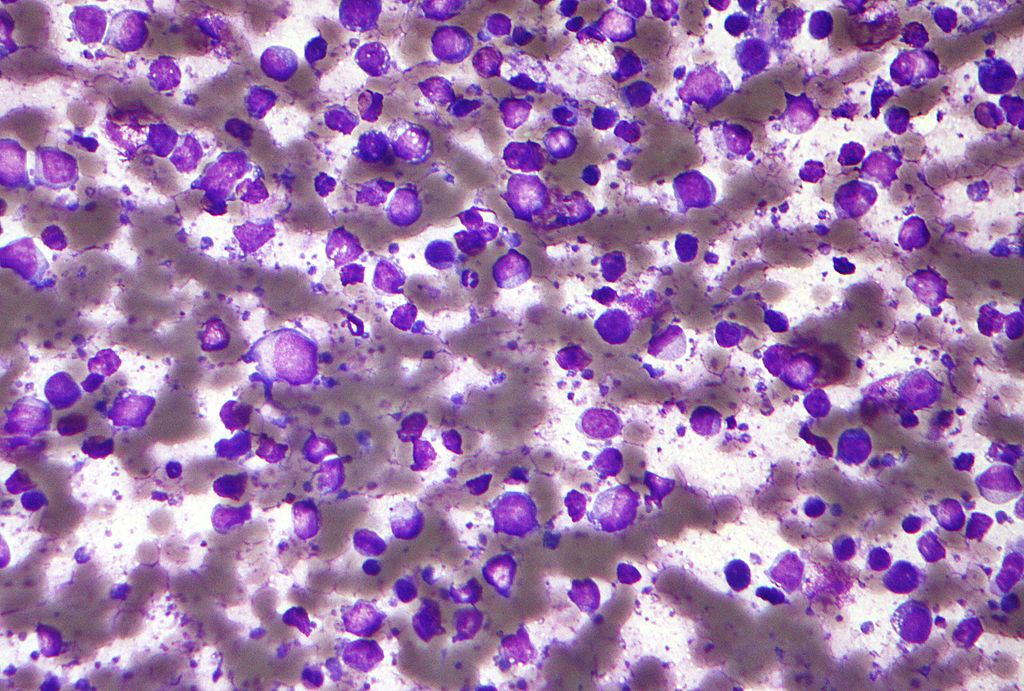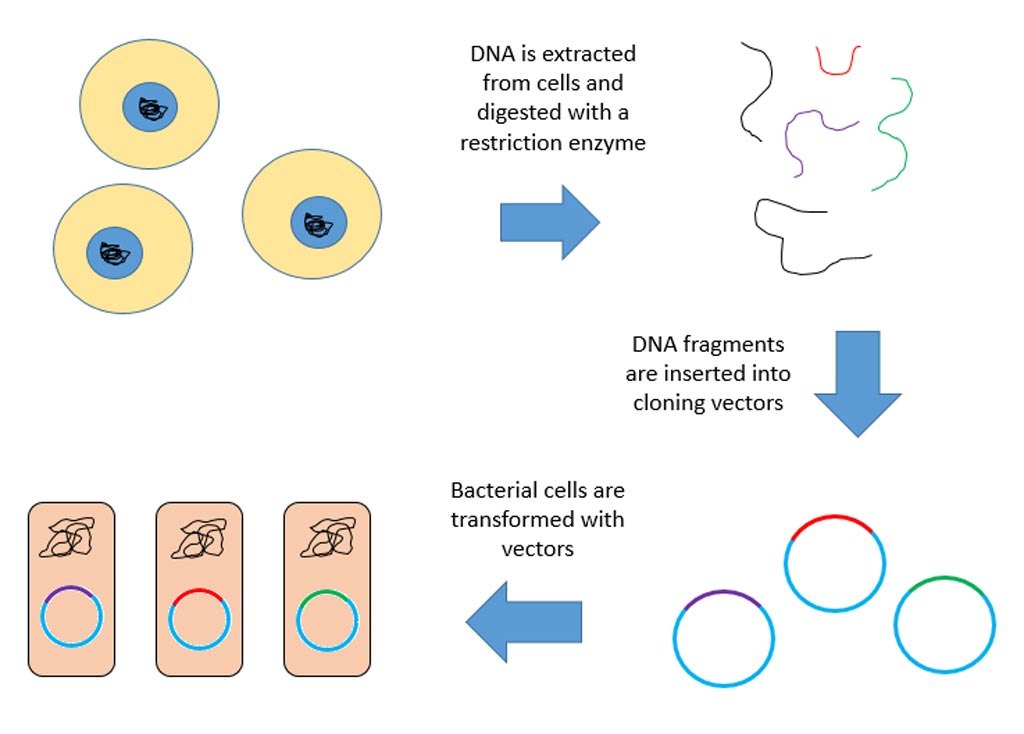Diabetes Therapy Based on RNAi Technology
By Biotechdaily staff writers
Posted on 16 Jan 2005
Preclinical studies show promise for a new treatment of type 2 diabetes that is based on RNA interference (RNAi) technology.Posted on 16 Jan 2005
A dose of 30 mg/kg in mice demonstrated a 72% reduction of PTP-1B (phosphatase 1B), a validated target in diabetes associated with insulin resistance. The high potency, specificity, and chemical structure of siRNAs may eliminate the toxicity and adverse events commonly seen with small molecule and other oligonucleotide approaches.
As an intracellular cytoplasmic protein, PTP-1B is a difficult-to-reach target for small molecule drugs and biologics. The catalytic pocket of the enzyme is large, making it difficult to synthesize a small chemical inhibitor. Also, because of its large family of congeners, specificity is difficult to obtain by small molecules. These obstacles make this target uniquely suitable for an RNAi approach, according to researchers at Sirna Therapuetics, Inc. (Boulder, CO, USA).
Previously, Sirna pioneered work to efficiently deliver systemically administered stabilized small interfering RNAs (siRNAs) to the liver to treat chronic infection and hepatitis B and C viruses. Intravenous dosing at 3 mg/kg of Sirna's formulated and stabilized siRNAs, targeting hepatitis B virus (HBV) RNA, resulted in a 1.7 log reduction in viral titers for at least seven days in a mouse model of HBV replication. The company intends to now use the same technology to address other liver-associated disease indications such as diabetes. The company believes that, following studies to optimize siRNA chemistry and delivery efficiency, clinical trials can be initiated in 2007.
"The high potency, specificity, and chemical structure of siRNAs may eliminate the toxicity and adverse events commonly seen with small molecular and other oligonucleotide approaches,” explained Roberto Guerciolini, M.D., senior vice president and chief medical officer of Sirna Therapeutics.
Related Links:
Sirna Therapeutics













